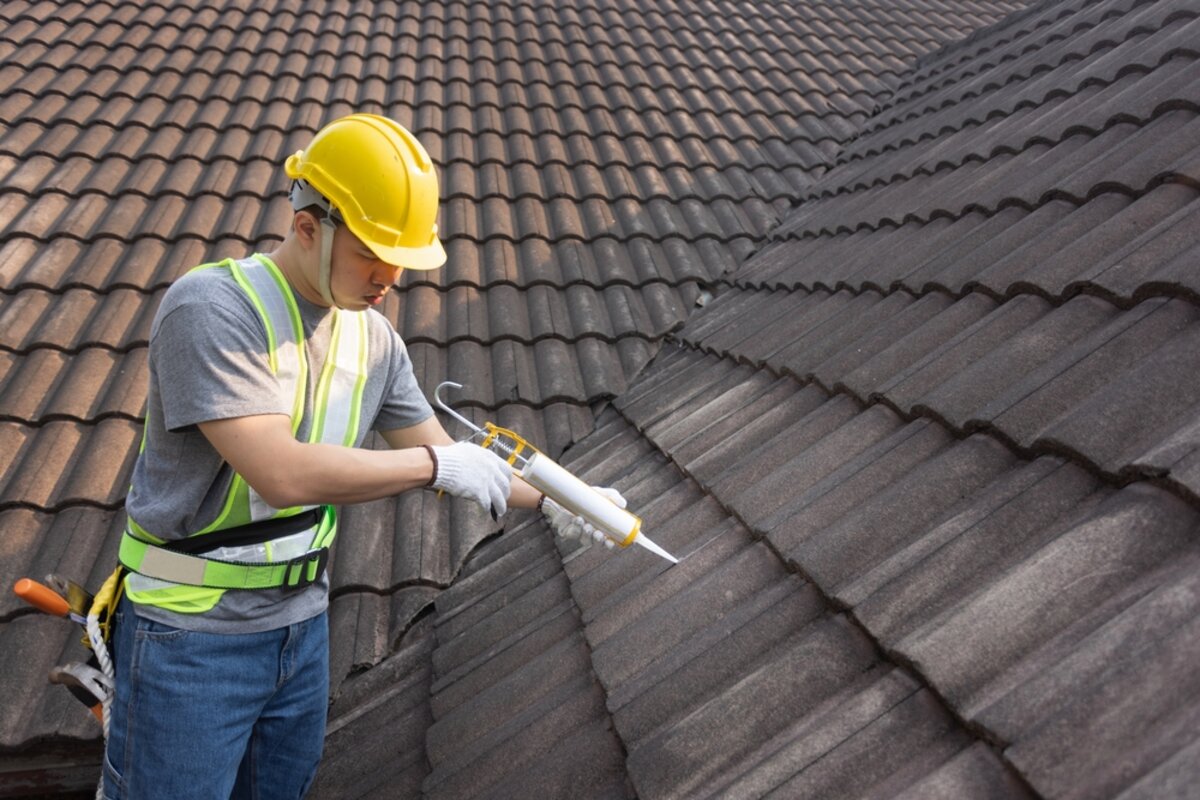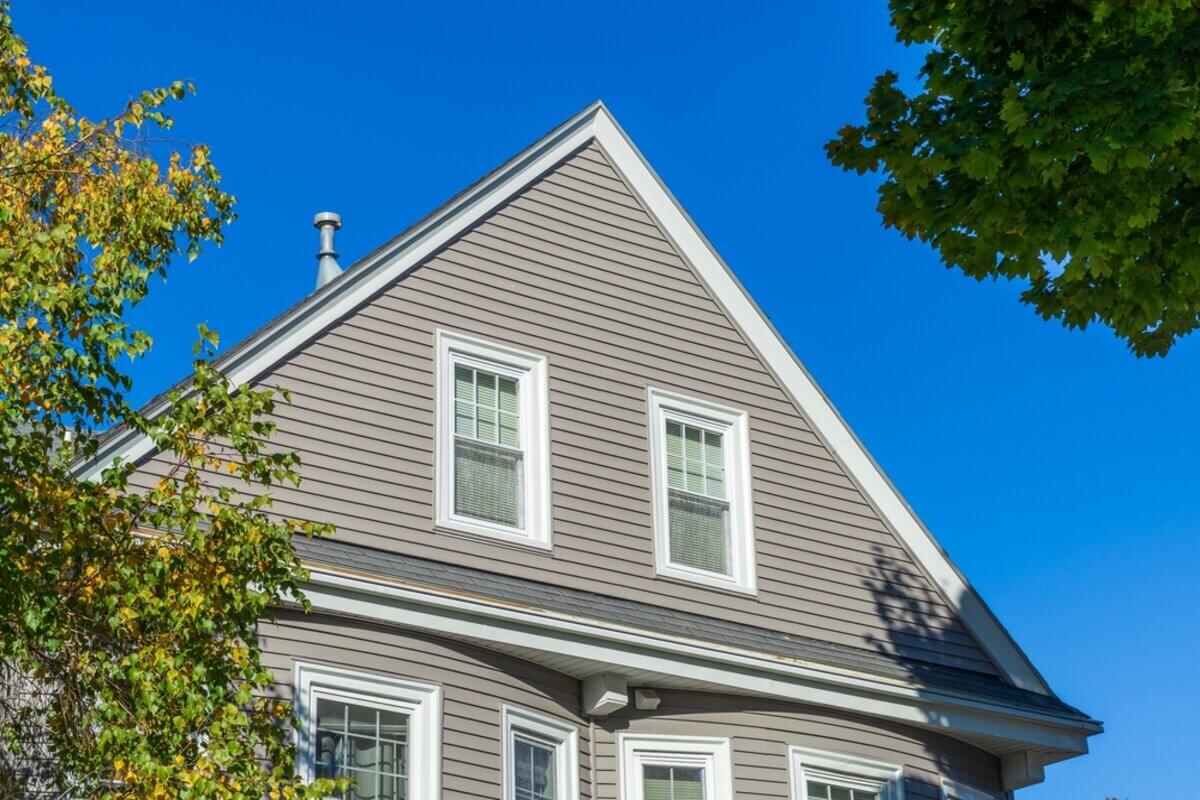Your roof may seem sturdy and resilient, but after a storm, even the toughest roofing materials can sustain hidden damage. Without proper inspection, small issues like cracks or loose shingles can quickly turn into costly repairs, or worse, lead to major structural problems. Understanding what to expect during a roof storm damage inspection can make all the difference between a quick repair and a long-term headache.
In this post, we’ll explore what happens during a roof inspection after a storm, the key signs of damage inspectors look for, and why timely action is crucial to maintaining the integrity of your home.
Why Roof Inspections After a Storm Are Critical
Storms, whether they bring heavy winds, hail, or torrential rain, can wreak havoc on your roof. Even if the damage isn’t immediately visible, storm impact can compromise the structural integrity of your roof, leading to water leaks, insulation damage, and mold growth. A roof storm damage inspection helps identify these issues early, ensuring that minor repairs don’t snowball into major expenses.
Homeowners often underestimate the importance of having a professional inspect the roof after a severe weather event. The visible aftermath of a storm might include fallen trees or debris, but what you don’t see—loose shingles, small punctures, or displaced flashing—could be the real threats. This is why a thorough inspection is critical.
What to Expect During a Roof Storm Damage Inspection
When a professional roofer arrives for an inspection after a storm, they’ll follow a systematic approach to assess the condition of your roof. Here’s what you can expect:
1. Initial Visual Assessment
The inspection process typically begins with a visual evaluation of the entire roof from ground level. The inspector will look for obvious signs of damage such as missing shingles, dents, cracks, or sagging areas. While this step might seem straightforward, it’s an important part of the process as it helps determine whether a more thorough examination is needed.
2. Roof Walk-Through
After the initial assessment, the inspector will often climb onto the roof to perform a more detailed examination. This involves checking the roof’s surface for less obvious signs of damage like small punctures, loose shingles, or granule loss on asphalt shingles. They’ll also inspect flashing around chimneys, vents, and skylights, as these areas are particularly vulnerable to wind and water damage during a storm.
3. Gutter and Drainage Inspection
Next, the inspector will check your gutters and downspouts for blockages or damage. Debris from storms often accumulates in gutters, preventing proper drainage and leading to water pooling on the roof. Additionally, the inspector will look for shingle granules in the gutters, which can indicate significant wear and tear on the roof.
4. Attic and Interior Check
A thorough inspection also includes checking the attic and the interior of your home for signs of leaks or water damage. The inspector will look for wet insulation, mold, and water stains on the ceiling or walls. If water is seeping into your home, it could mean the roof has been compromised, even if the exterior damage seems minimal.
5. Damage Documentation
As the inspector assesses your roof, they’ll take notes and photos of any damage they find. This documentation is essential if you plan to file an insurance claim. Having clear, detailed records can help you get the compensation needed to repair or replace your roof.
Key Signs of Roof Storm Damage
During the roof storm damage inspection, inspectors will look for several indicators that your roof has been compromised:
1. Missing or Damaged Shingles
Strong winds can rip shingles from your roof, leaving areas exposed to the elements. Even a single missing shingle can allow water to seep into the underlayment, leading to leaks.
2. Granule Loss
Asphalt shingles have a granular surface that protects them from UV damage and weathering. After a storm, it’s common for these granules to wear off, especially after hail. If your gutters contain a significant amount of granules, your roof’s ability to resist future damage could be compromised.
3. Punctures or Dents
Hail can create small holes or dents in roofing materials, which can worsen over time if left untreated. These punctures are sometimes hard to spot from the ground, so a close-up inspection is essential.
4. Loose Flashing
Flashing is designed to direct water away from critical areas like chimneys and skylights. Storms can loosen or bend the flashing, leading to leaks and other water damage if not addressed.
What Happens After the Inspection?
Once the roof storm damage inspection is complete, the inspector will provide a report detailing their findings. If damage is identified, they’ll recommend whether repairs or a full roof replacement is necessary. It’s important to act on these recommendations quickly to prevent further deterioration of your roof, which could lead to more extensive damage inside your home. In some cases, you may need to file an insurance claim to cover the costs of repairs or replacement. The documentation provided by the inspector will be invaluable in this process. Make sure to keep detailed records and communicate with your insurance company to ensure you get the compensation you’re entitled to.
Conclusion

Storms can be unpredictable, and even minor damage to your roof can lead to serious problems down the road. Scheduling a roof storm damage inspection after any significant weather event is the best way to protect your home and ensure your roof remains in top condition. By catching damage early, you can save yourself from costly repairs and maintain the safety and value of your property.
Protect your home by making regular roof inspections a priority, and don’t wait until it’s too late. Contact Perfect Exterior today to schedule your roof storm damage inspection and keep your home safe and secure.








